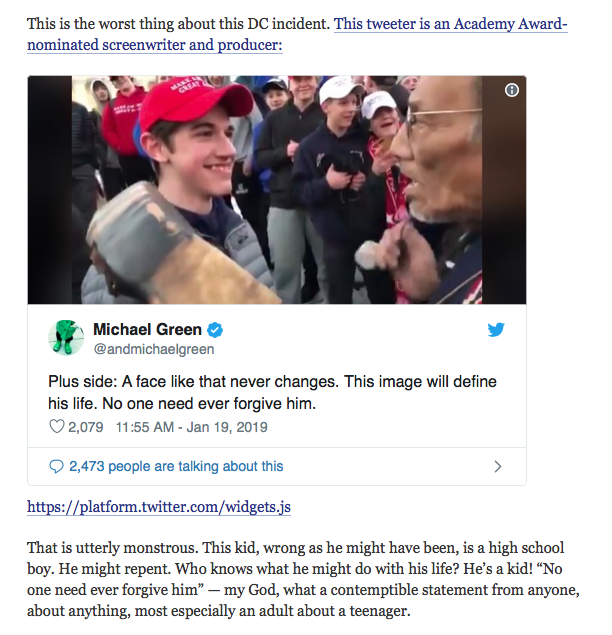With 500 hours of video uploaded every minute, YouTube has an enormous problem. How do you monitor that much content to ensure that it meets company guidelines and policies, and protects users and advertisers? Let’s be honest, for a company that makes $$$ on digital advertising any threat to that income stream is going to receive their full attention.
Recent concerns about threats to the welfare of children surfing YouTube have caused some companies to pull their advertising. AT&T, Epic Games (publisher of Fortnite) and others have stepped away to protect their brands from being linked to content, or comments, that cross the line. According to an article in Wired magazine, YouTube is an unwitting accomplice to some pretty awful exploitation. “It’s yet another example [of] YouTube’s algorithm doing what it’s designed to in order to show viewers what it thinks they’ll want, and in this case, it’s actively enabling the production and distribution of paedophilic content.”

While much of the concern is justified, the Momo Challenge hoax* has resurfaced prompting YouTube to pull all advertising from certain videos that contain reference to the creepy image that is apparently linked to messages of self-harm. According to The Verge, YouTube is applying their Advertiser-Friendly Content Guidelines to justify pulling ads from these videos.
And that brings us back to the real threat here. It is not just a threat of pedophilia, or promotion of self-harm…but the threat to a financial machine that must be protected and kept safe from existential threats in the form of advertiser boycotts. Now that’s scary!
*For more about the viral hoax associated with Momo, see this article from Nieman Lab.




